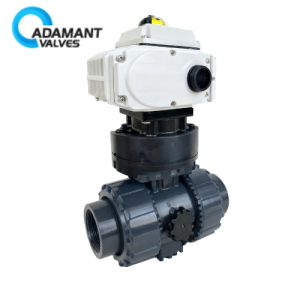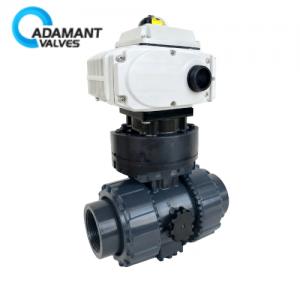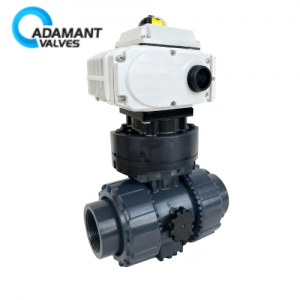Ways to Improve the Service Life of Regulating Valve

1. Service life improving the method of the large opening operation
Make sanitary regulating valve operate at the maximum opening from the very beginning, such as 90%. In this way, cavitation, erosion, and other damages occur in the head of the valve core. With the damage to the valve core, the amount of flow increases, correspondingly the valve closes a little bit more.
Continuous damage and gradual closing take full advantage of the entire valve core until the root of the valve core and the sealing surface is damaged and no longer usable. Meanwhile, the throttle gap under the large opening operation is big and the erosion weakens, which extends the service life 1 to 5 times that of the valve operating under the medium opening and small opening from the beginning.
2. Service life improving the method of reducing S while increasing the operating opening
To reduce S is to increase the loss in the system excluding regulating valve, reducing the pressure drop distributed to the valve. In order for the water to flow through regulating valve, the opening of the regulating valve will inevitably be increased. Meanwhile, the pressure drop on the valve decreases, weakening the cavitation and erosion.
The specific methods include: setting an orifice after the valve for throttling and consumption of pressure drop; closing the manual valve series connected to the pipeline until the regulating valve has a rather ideal operating opening.
3. Service life improving the method of reducing diameter while increasing the operating opening
Increase the operating opening by reducing the diameter of the valve. Specific methods include: 1) Change for a valve with a smaller diameter. For example, replace DN32 with DN25. 2) Valve body doesn’t change. Change for valve core and valve seat with small valve seat diameter.
4. Service life improving the method of relocating the damaged position
Relocate severely damaged position to secondary positions to protect the sealing surface and throttling surface of the valve core and valve seat.
5. Service life-improving the method of lengthening the throttling channel
The easiest way to increase the throttling channel is to thicken the valve seat, so that hole of the valve seat lengthens, forming a longer throttling channel. On the one hand, it can delay the sudden expansion after throttling, playing the role of relocating damaged positions to make them stay away from the sealing surface; on the other hand, it increases the throttling resistance and reduces the recovery extent of the pressure, weakening the cavitation.
Some of the valve seat holes are designed into step-type and wave-type. This is exactly for increasing the resistance and weakening the cavitation. This method is often used in high-pressure valves of imported devices and in old valves that are to be improved.




